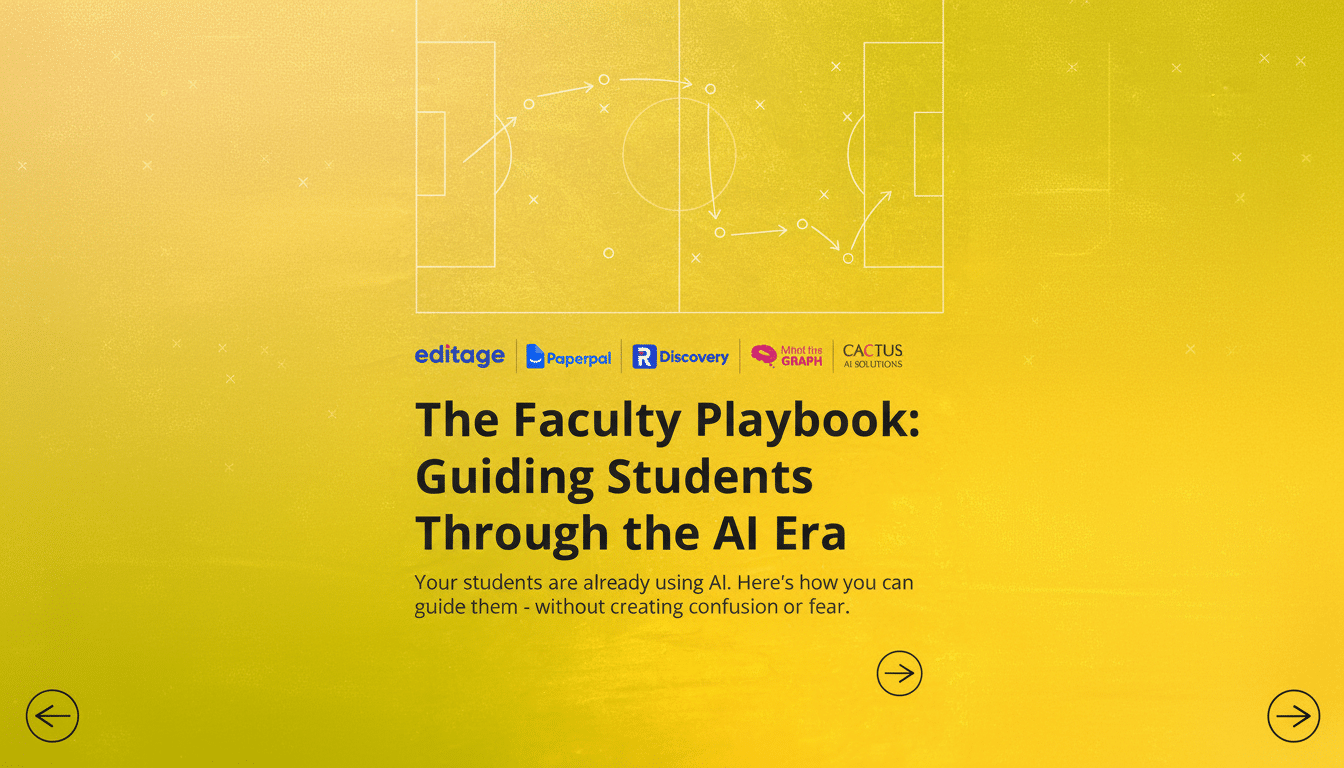Anyone who has seen ChatGPT completely fail to understand a perfectly reasonable request, raise your hand. The gap between what you mean and what the model gives you, with over 100 million people using the technology weekly according to OpenAI, has become a daily tax on productivity. The fix isn’t magic. Its secret: a smattering of tried-and-true prompting habits that unfailingly transform fuzzy conversations into specific, actionable outcomes.
Here’s a practical guide — based on practitioner playbooks at OpenAI, Anthropic, Google DeepMind and academic work from Stanford HAI — to getting ChatGPT to finally understand you and give you what you actually want.
- Begin your prompt design with intent, not just keywords
- Provide clear structure the model can reliably follow
- Load context correctly and set clear sources of truth
- Calibrate tone, style, and technical level for readers
- Iterate quickly using short, specific feedback loops
- Control randomness, constraints, and output predictability
- Save, codify, and share prompt patterns that work
- Avoid these common prompting pitfalls and mistakes
- Why these structured prompting habits consistently work

Begin your prompt design with intent, not just keywords
More lackluster responses typically begin with a similar vague ask. Recruit everyone with outcome-driven topics instead of topic-oriented prompts. Rather than “Write marketing copy for our app,” be clear about the job: “Goal: convince Android users to use our sleep-tracking app. Audience: busy parents. Constraint: 120 words, friendly not cutesy, include reference to privacy and offline mode.”
That simple move — setting goal, audience and constraints — provides the model all the decision framework we take for granted as humans.
Provide clear structure the model can reliably follow
LLMs excel at following scaffolds. Use role, task, steps and output style. TRY: “You are a customer support representative. Task: compose an apology email for a late delivery. 1) acknowledge delay, 2) indicate new ETA, 3) provide remedy (compensation), and 4) provide an opportunity for the addressee to reply. Output: subject line and a 120-word email.”
If you want structured data, request it. “Return JSON: title, summary, tone, risk_flags.” Businesses rely on this model because it decreases ambiguity in downstream workflows, an approach that was encouraged in NIST’s AI Risk Management Framework guidance.
Load context correctly and set clear sources of truth
People might not remember who you are after working together, but models won’t unless you remind them. Give the machine useful information up front, and also bound it — tell it what is ground truth. For instance: “Use material in the facts between triple quotes as authoritative context.” Then paste your policy or brief between “”””” fences.
Mind the context window. Copy-and-pasting too much text can mean shoving your instructions aside and resulting in shallow summaries. If source text is too long, ask the model for a concise extract and work from there. Teams implementing retrieval-augmented generation follow this two-step flow to maintain accuracy.
Calibrate tone, style, and technical level for readers
Let the model know who it’s writing for and how it should sound. “Write for clinicians, assume knowledge of HbA1c but define CGM on first use, neutral tone, references to major medical societies only. For a nonspecialist audience: Your sentences should be written using plain language at an 8th-grade reading level, and you should use short sentences and active voice where possible.”
Style guidance is not fluff; it informs word choice, pacing and the inclusion of definitions — important for being understood by readers on your wavelength.

Iterate quickly using short, specific feedback loops
Fast and specific beats one-shot perfection. After the initial response, guide: “That’s close. Keep structure and halve length. Get rid of idioms.” Or apply teach-back: “Quickly paraphrase my question in your own words before writing.” Evidence of purposeful prompting indicates that controlled, incremental refinements increase quality and decrease failure-mode answers.
Control randomness, constraints, and output predictability
If determinism is important, code with the deterministic option. Ask for CME answers that are concise, single-best, and in a set format. If your tool has settings that it exposes — temperature, etc. — lower values mean more predictable output. For exploratory brainstorming, the opposite is true: bring in a range of options and reasons why each may work.
Timeboxing helps too. “Do something we can read in 90 seconds with three tips we can take action on, then quit.” Explicit stop conditions avoid vague responses.
Save, codify, and share prompt patterns that work
They cut and paste.
If you don’t learn this by second or third year of college, the writing is on the wall, unfortunately. They save templates for common tasks, version them, and share good examples of what the output should look like as well as bad examples or known failure cases. Stanford HAI and the industry’s playbooks suggest that you care for prompt libraries as you do code: they should be reviewed, documented and tested.
Avoid these common prompting pitfalls and mistakes
Don’t put more than one goal into the same prompt; for complex jobs, split them into steps. For the sake of specificity, don’t use pronouns like “it” or “they” when brand or product names are what’s at stake. Do not second-guess context that might need hiding; paste it. Avoid asking for confidential information or unknowable facts, and request the model provide sources and flag uncertainty in its place.
Why these structured prompting habits consistently work
Instruction-following models have been trained to map well-specified constraints into coherent outputs. Structure constrains search space; context anchors fact; and iteration repairs drift. It’s a similar dynamic that also explains why developers using GitHub Copilot, in a widely publicized study by GitHub and Microsoft, completed tasks 55% faster — clarity and scaffolding compound.
The bottom line: If you want it to understand the answer, be inescapable. List the result you want first, have a skeleton of how to get there, load only the context that matters, and tune via quick feedback. Keep a few disciplined habits, and you’ll swap frustrating guesswork for results that read like you intended from the get-go.

